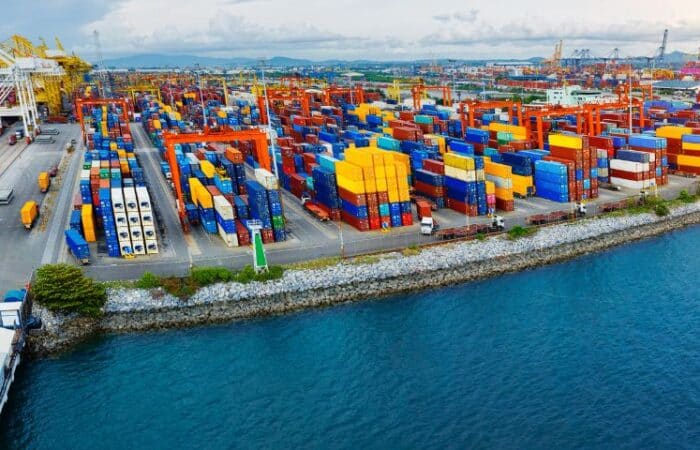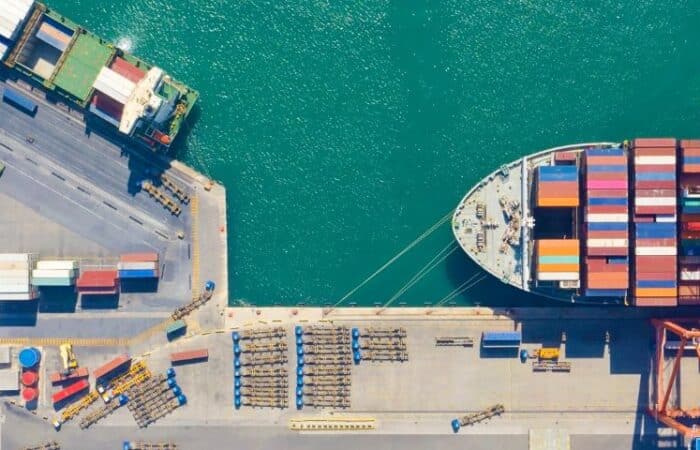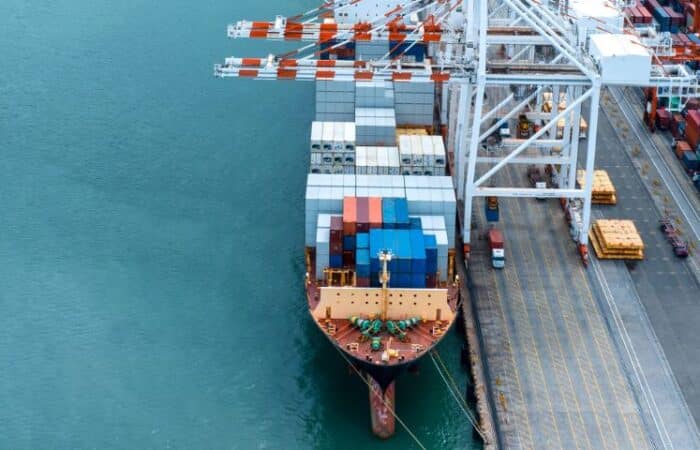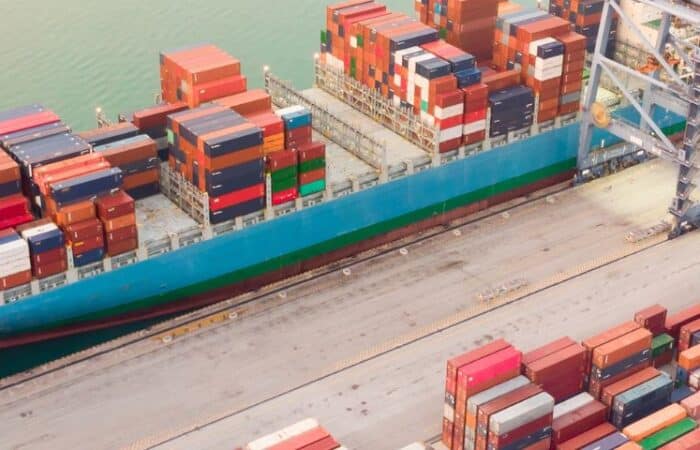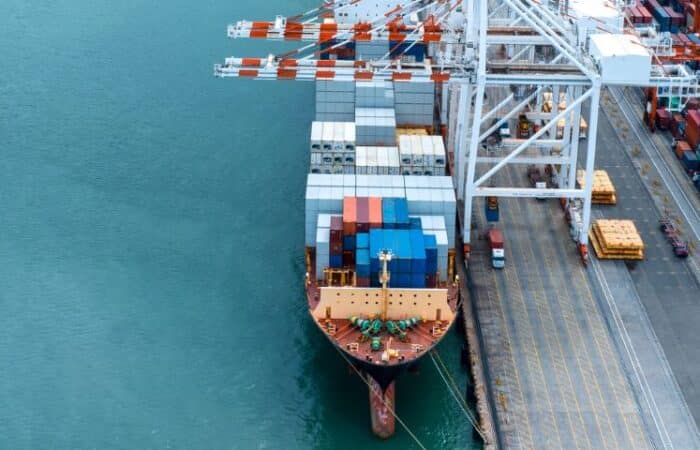Ex Works
What is Ex Works?
“Ex Works” (EXW) is an Incoterm that designates the buyer and seller’s terms in the shipping process. The seller is required to make the product available at a specific location, while the buyer is responsible for the transportation costs. EXW places the burden of risks and expenses on the buyer once the goods are available. This includes tasks such as loading onto a ship, transferring to a truck or warehouse for final delivery, and complying with customs regulations.
Understanding the Buyers and Sellers’ Responsibilities in the Ex Work Incoterm
Ex Works is one of 11 Incoterms (International Commercial Terms) that establish internationally recognized rules to clearly define the roles, responsibilities, costs, and risks in the transportation and delivery of goods.
The seller is responsible for the following:
- Product, invoice, and documentation
- Ensuring the product is available on time and at the proper location
- Updating the buyer when the product is ready, so they can arrange for pickup
- Providing export packaging and markings
The buyer is responsible for:
- Paying the agreed-upon price listed in the contract
- Showing proof that they have removed the products for delivery, such as a delivery receipt, or a signed acknowledgment of receipt
- Organizing and overseeing the loading of the products at the seller’s location
- Preparing all necessary export licenses or permits, and ensuring compliance with customs requirements for the exportation of the goods
- Arranging the transportation of the goods from the seller’s location to the agreed-upon terminal, or port of departure
- Paying for loading or unloading charges
- Covering the cost of pre-shipment inspection
Pros and Cons of Ex Works
Ex Works offers a number of benefits to those who use it. Sellers can use the terms of the arrangement to reduce costs by consolidating purchases from multiple buyers into a single Ex Works package. This consolidation significantly reduces shipping expenses, which can be used to create a pricing competitive advantage, or to pad the seller’s profit margin.
In an Ex Works arrangement, buyers can utilize their preferred shipping method, enabling sellers without shipping experience to offer their products to a global market.
While there are a number of advantages to using Ex Works, the parties should be aware of the downside. Sellers are responsible for supporting export clearance procedures. This can be time-consuming and costly for those unfamiliar with local practices.
From the buyer’s perspective, Ex Works increases its liability, particularly in instances where the seller provides inaccurate information. Customers bear responsibility for extra fees if their containers are selected for export customs inspection. Buyers are often required to purchase export licenses and cover any associated costs.
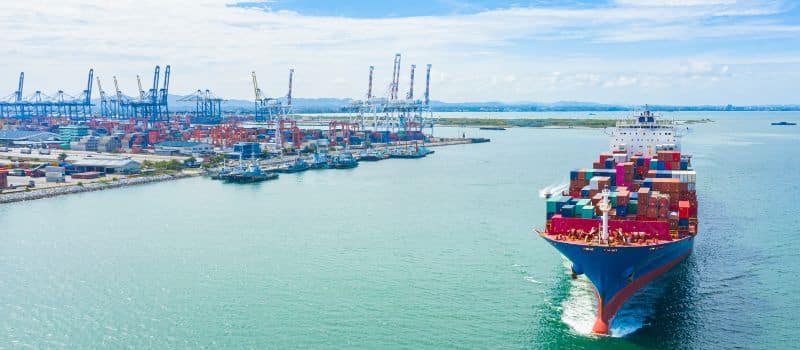
Ex Works vs. F.O.B.
“Free on Board”, or “Freight on Board” (F.O.B.)is another Incoterm that sets the standards that dictate responsibilities, risks, and costs. Items shipped with F.O.B. are typically more expensive, as the supplier is responsible for the transportation, loading and unloading, and customs. But, F.O.B. is less risky than Ex Works, since the buyer assumes responsibility for the product as soon as it is loaded onto the ship.
Here’s a breakdown of the main differences between F.O.B. and Ex Works in maritime shipping:
Delivery Point
- Ex Works: the seller’s responsibility is finished once they make the goods available at the agreed-upon location. This location is typically not a port, but rather the seller’s facility, or another designated point.
- F.O.B.: the seller’s obligation is fulfilled when the goods are loaded on board the vessel at the named port of shipment. The named port is specifically associated with F.O.B., indicating the point at which the seller’s responsibility ends.
Transportation and Costs
- Ex Works: the buyer is responsible for organizing and paying for the transportation of the products from the seller’s location, to the final destination. They assume all costs and risks associated with transportation, such as freight charges, insurance, customs duties, and export/import procedures.
- F.O.B.: the seller is responsible for delivering the goods to the named port of shipment and covering the costs and risks associated with loading the goods onto the vessel. Once the goods are on board the vessel, the risk and responsibility transfer to the buyer, who assumes all costs and risks related to the subsequent transportation, including freight charges, insurance, customs duties, and other import procedures.
Applicability
- EX Works: this can be applied to any mode of transportation, including maritime shipping. But, the location associated with Ex Works isn’t necessarily at the port.
- F.O.B.: this is only used for maritime transport and applies to goods that are transported via the ocean. The named port of shipment is a key element of F.O.B., indicating the transfer of responsibility and risk to the buyer.















